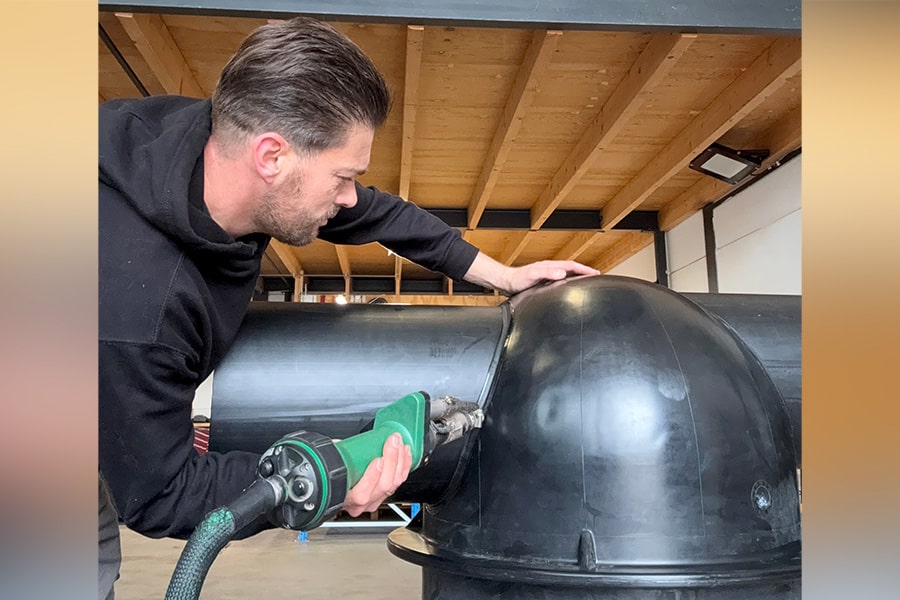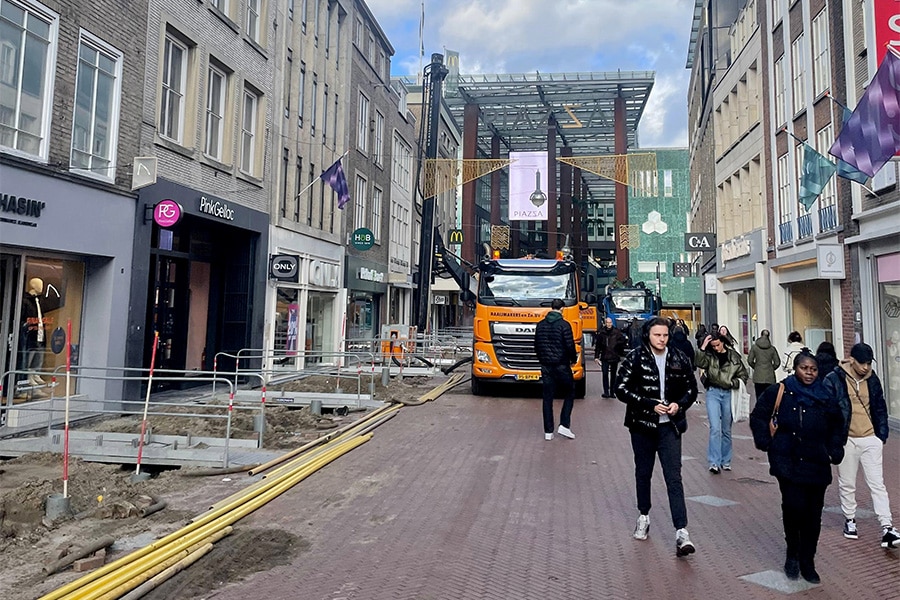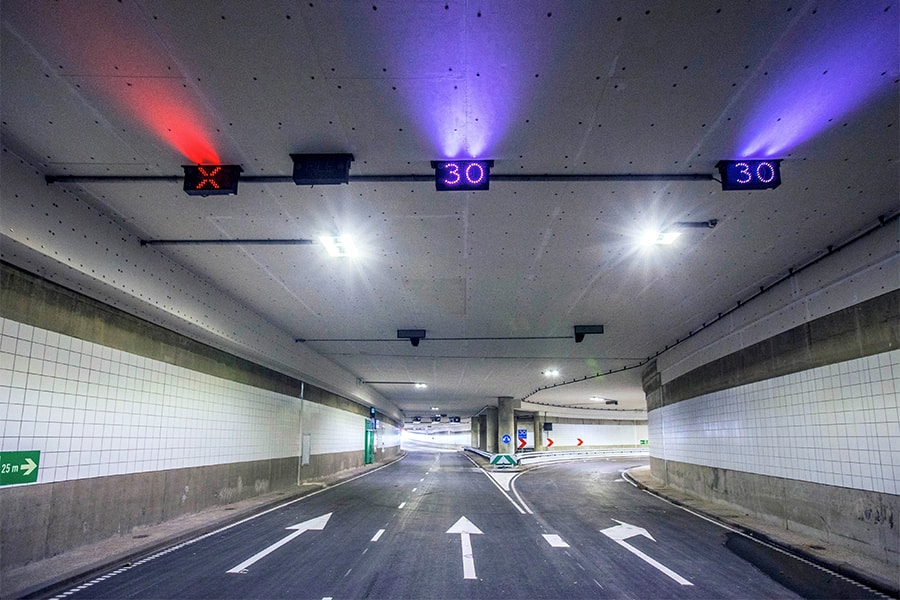
Concrete structure Rottemer Tunnel protected with fire-resistant sheeting
The concrete structure of the Rottemerentunnel in the A16 Rotterdam motorway is fully protected with fire-resistant cladding from Promat. The cladding PROMATECT®-T-FX was produced to length which minimized cutting waste. The minimal cutting waste that was released was collected by Promat for reuse. "Rijkswaterstaat wants to work circularly by 2030, with this product we are already ready for that," says Frank van der Wal, Regional Tunnel Manager at Promat.
Promat was approached early on to conduct fire tests on the concrete mixture used in the tunnel. "Every concrete mixture is different. The plating is designed to prevent the biggest failure mechanism of concrete - splashing or even dissolution due to excessive temperature," Frank explains. "So based on that, the thickness of the cladding is determined. On this project, that ultimately led to two successful tests for both the required 60-minute and 120-minute fire-resistant solution in accordance with the RWS fire curve."

A sustainable choice
The Promatect T-FX is being used in the Rottemer Tunnel for the first time in the Netherlands. "The sheet is produced in lengths varying between 2 and 3 meters. In this way the sawing waste is minimal, which, incidentally, we collect free of charge and reuse in new products. Provided that the construction allows it, which was largely the case in this tunnel, it is not necessary to use joint covers. This is because the thermal shrinkage of this sheet is very limited. That saves another labor run." The PROMATECT® T-FX cladding also directly forms the final finish. The wall cladding is then partially coated with KEIM coating for better light reflection and good washability. "So using our fire-resistant cladding is an extremely sustainable choice in many ways," Frank emphasizes. "Especially when you consider the huge quantities involved. In total, more than 107,000 m2 of sheet material processed in thicknesses of predominantly 40 mm and 30 mm. Our partner Kaefer was responsible for assembly based on the laying plan we had drawn up."
So Promat not only supplies the fire-resistant sheeting, but also provides the fire tests, gives technical support where necessary, makes the laying plans and works out the details. "Furthermore, for the Rottemer Tunnel we have also supplied and tested fire-resistant penetration products according to the RWS fire curve, as well as products for the fire-resistant protection of the steel sheet pile walls, segment joints and part of the lattice floors under the pipe duct in the middle tunnel channel," Frank concludes.




